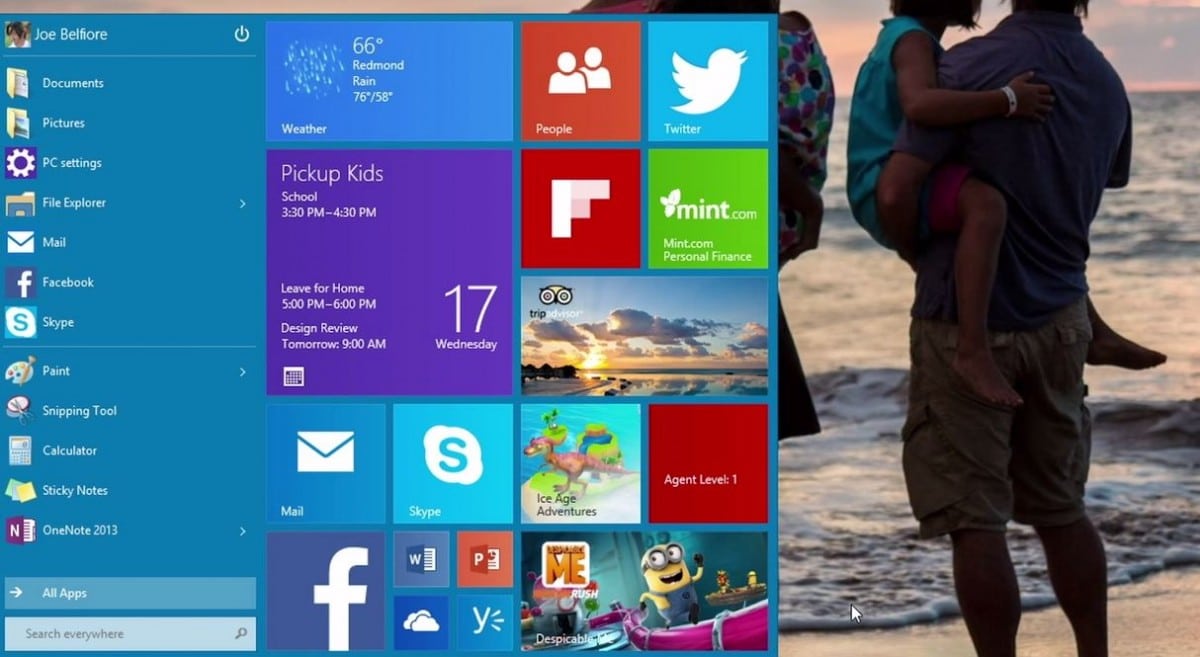You may have heard last week that Microsoft has announced Windows 10 for release next year. Upon hearing that news, many paused and silently asked themselves, “Did I already miss Windows 9?” No, Windows 9 has been skipped in what many are saying is admission from Microsoft that they missed the mark with Windows 8 and are retooling for a big splash with their new operating system (OS).
Learning curve with Windows 8
There seems to be a great amount of distain for the current OS, Windows 8. I personally have had no issues with it and have adapted quite easily to it. However, in an informal poll around my office, there is a 50-50 split among those favoring it versus those who dislike it. In another sample poll outside of my work environment, the results are very different—the vast majority dislike it. While taking a closer look at this argument, I’m finding that most Windows users who aren’t technology experts don’t really have an interest in learning it at all.
Glancing at PC sales since Windows 8 was released, the overwhelming majority of computers are still being ordered with Windows 7. There is simply too high of a learning curve on a new OS and businesses do not want to pay for training on Windows 8. This is an advantage that Apple has held for some time now. When they introduce new features with each release the OS is still intuitive to the end users without required training. When looking strictly at the performance and stability, Windows 8 is technically one of the best operating systems that Microsoft has released. The fact that there is a learning curve is what has turned some away.
For Microsoft, the goal of Windows 8 was to unify their tablets, phones and PC experience. The challenge however was that the removal of the Start Menu and desktop removed the one feature that Windows users have always known. Even though there are now ways to bring these familiarities back, most people have already written off the upgrade.
Visions of the cloud with Windows 10
Now Microsoft has announced the release of Windows 10 with what they say is a focus on its strategy of mobility and cloud, but make no mistake, there is also the goal of winning back customers that did not transition to Windows 8. Bringing back the familiar desktop and Start Menu along with a number of new enhancements have predominantly addressed the complaints that Windows 8 received.
All in all, Windows 8.1 is a great operating system. The biggest problem that it has is its reputation. It is very reminiscent of Windows Vista. Vista had a bad reputation with bugs and performance issues from the very beginning. Even though everything had been corrected by the release of service pack 1, it could never recover from the bad publicity from its launch. The public relations issues of Windows 8 is due more from the interface than its performance. As I stated earlier, the performance enhancements are actually quite remarkable.
The bottom line is that Microsoft has closed the gap on differences between Windows 8 and Windows 10. The new version will be more intuitive, look more familiar and staff will be immediately productive with the new software. Hopefully the rebranding to Windows 10 will help to win back customers and Microsoft learns from its second major rebranding effort in the last six years.

